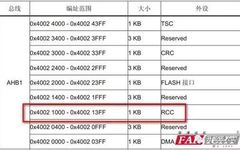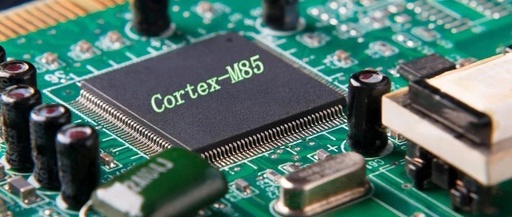How to Set the RTOS Tick Rate Appropriately?
Recently, a reader asked the following question: Why is the default configuration for the RTOS system tick (Tick) set to 1000? Can I configure it to 100, 10000, or 2000? Many beginners have this question, including myself when I first learned about RTOS. I was confused about what the different tick configurations meant and their … Read more








